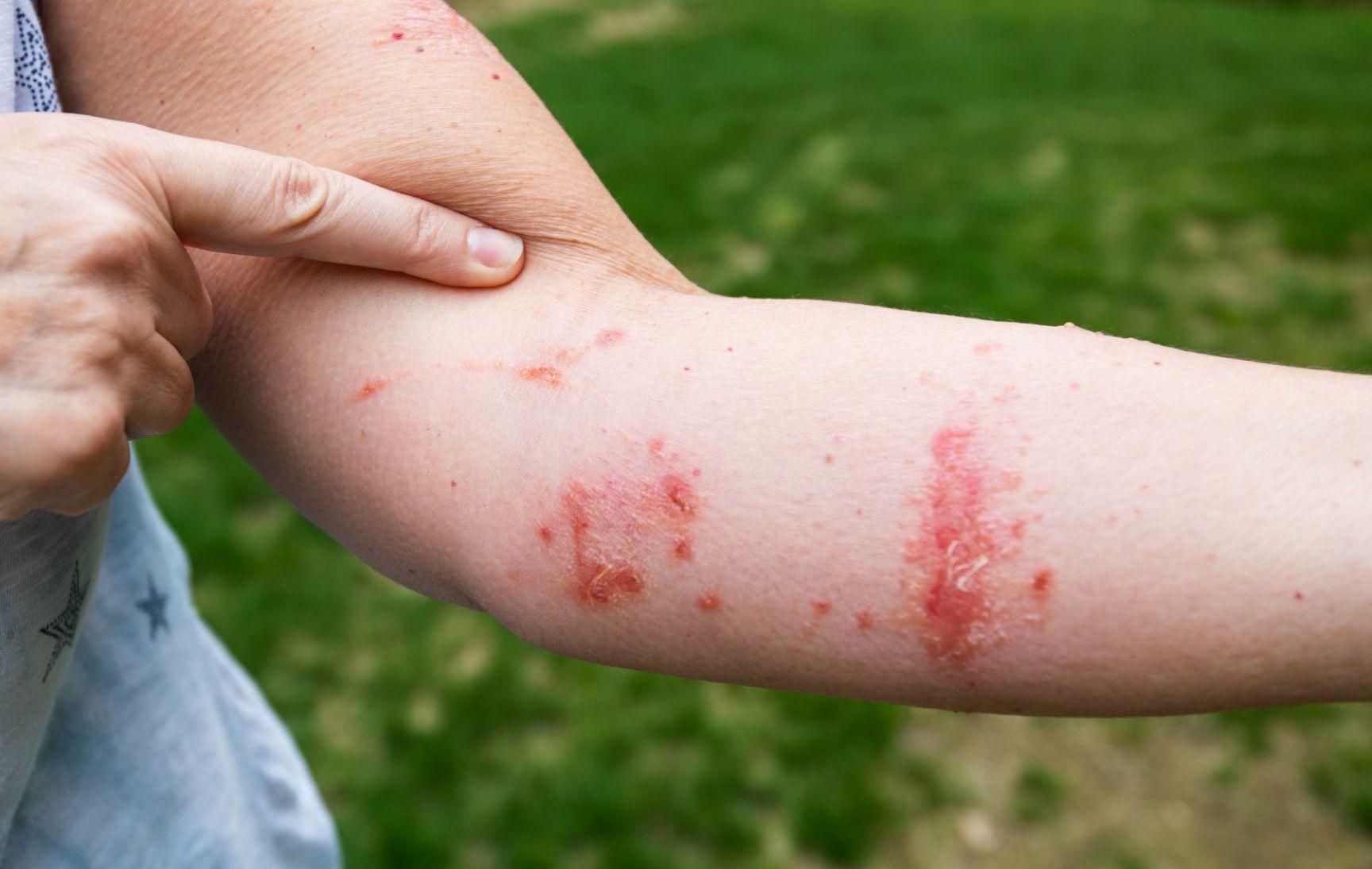Poison Ivy
Legacy Dermatology | General Dermatology Services
Poison Ivy Treatment
Poison ivy is a common plant in the United States that can cause an allergic reaction in some people. The reaction is caused by the plant's oily sap, which contains a chemical called urushiol. When this chemical comes into contact with the skin, it can cause a red, itchy rash that can be uncomfortable and even painful.
If you come into contact with poison ivy, it is important to wash the affected area with soap and water as soon as possible to remove the oil and prevent the rash from spreading. If you have any of the plant on your clothing or shoes, it is important to remove and wash them as well to avoid spreading the oil to other parts of your body.
Symptoms of a poison ivy rash can vary in severity, but may include redness, itching, swelling, and blister-like lesions. The rash usually appears within a few days of coming into contact with the plant and can last for several weeks.
Treatment for poison ivy typically involves the use of over-the-counter creams and ointments to reduce itching and inflammation. In more severe cases, a healthcare provider may prescribe stronger medications to help manage the symptoms.
To prevent poison ivy reactions, it is important to avoid coming into contact with the plant whenever possible. If you do come into contact with poison ivy, be sure to follow the steps listed above to remove the oil and prevent the rash from spreading. It is also a good idea to wear protective clothing, such as long sleeves and pants, when working or spending time in areas where poison ivy may be present.
If you have poison ivy and believe you need to see a doctor for evaluation, please contact us today for an appointment.








